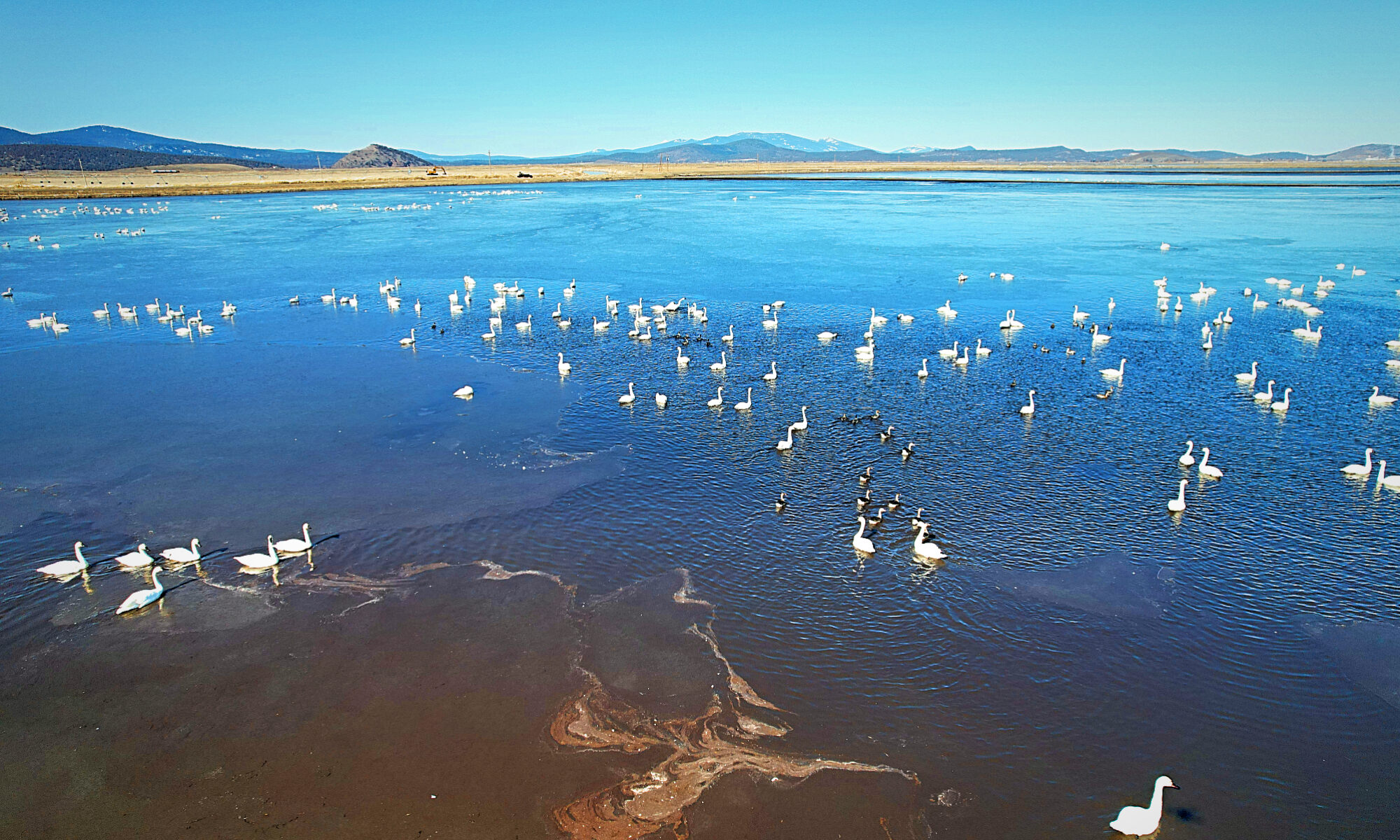As the Klamath Basin hits the hottest part of the year, for the sake of salmon downriver, the Bureau of Reclamation has moved to shut down the Klamath Project, effective August 19th.
While almost everyone agrees that the water in Upper Klamath Lake is warm – too warm for cold-water salmonids – the demands of the Endangered Species Act and biological opinions from the National Marine Fisheries Service in Arcata, CA, push this questionable decision. This has been how the Klamath Project and the Klamath River have managed for over 20 years.
In those years, there has been zero recovery of Klamath River salmon populations.
Everyone is familiar with the photos of the green, algae-ridden water often pushed by environmental and Tribal interests, using them as their proof that agriculture – specifically Klamath Basin agriculture – is directly at fault for the decline in salmon in the Klamath River. Never mind the fact that the ESA and BiOp are the reason the warm water has sent down the Klamath for over 20 years, and while the finger is always pointed at Klamath Basin family farmers and ranchers, this simplistic point of view does nothing to cool the waters and aid salmon.
However, it doesn’t have to be this way.
The warm water from Upper Klamath Lake could be cooled and cleaned before getting sent downriver. While the solution seems simple, it would require cooperation among concerned parties and require them to drop their political posturing.
Before the Klamath Project, the waters of Clear Lake and Lost River made their way through the marshes and lowlands of Lower Klamath Lake. In dry years no water would flow past Keno Reef, a geological feature on the Klamath River that helped back water into what is now the Lower Klamath Lake National Wildlife Refuge.
Once the railroad and Klamath Irrigation Project were established, the fields and pastures served as a replacement for nature. Klamath Drainage District and the Lower Klamath Lake Refuge were instrumental in slowing, cooling and cleaning the water from Upper Klamath Lake before it was sent down river. This is how the Klamath Project was designed and operated up until 2001, when the ESA and its BiOps with specious science became the only factors to determine how much and when water was sent down the Klamath River.
If the Department of the Interior and the Bureau of Reclamation took into consideration the important role KDD and the Klamath Project played in the overall health of the river, the Klamath River could be cooler and cleaner. A more holistic approach that utilizes the Klamath Project and KDD would benefit more than just salmon. With salmon actually getting a chance to recover, Tribes who rely on these fisheries and the fishing industries impacted by declining salmon runs would have a chance to survive.
Klamath Basin family farmers and ranchers would be able to get back to the business of feeding our nation and supporting our communities. The massive botulism outbreaks that devastate the bird populations of the Pacific Flyway would be mitigated, and they’d have a chance to grow back to the incredible numbers our grandparents and great-parents recall. And with a holistic approach to cooling the water before it goes down the Klamath River, from snails and frogs to otters and deer, wildlife would flourish in KDD and the Lower Klamath Lake Refuge.

